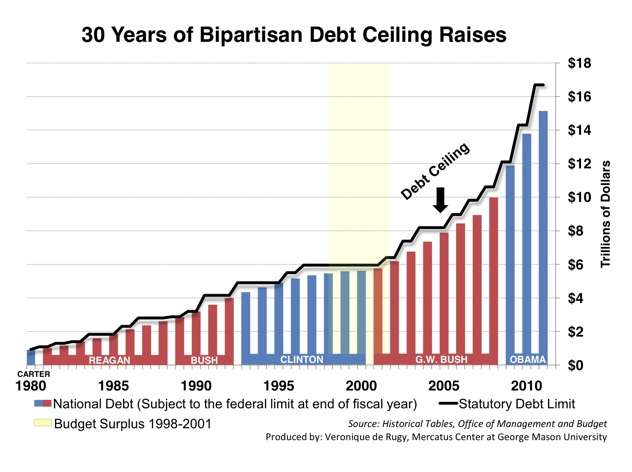The Campaign to Fix the Debt, a non-partisan movement aimed at putting America on a better fiscal and economic path, has just issued “The Citizen’s Plan to Fix the Debt”.
Campaigners say it offers common sense solutions for lawmakers to find common ground in their search for solutions to the country’s long-term fiscal challenges.
The “Citizen’s Plan”, which includes data gathered from informed conversations with Americans across the country and from a wide spectrum of society, offers policy proposals that the recently-appointed budget conferees in Congress should take into consideration as they negotiate and debate America’s budgetary sustainability in Fiscal Year 2014 and onward.
Maya MacGuineas, President of the Committee for a Responsible Federal Budget and head of the Campaign to Fix the Debt, said:
“What the Citizens’ Plan represents is a combination of ideas that Americans broadly support, as long as the changes truly go toward fixing our debt.”
”Over the next two months, as the budget conference committee meets, our elected leaders have a unique opportunity to do the right thing and put the country on a fiscally sustainable course. They would be wise to take their cue from the American people.”
According to the Campaign to Fix the Debt, Americans broadly agree on the following deficit-reduction points:
- Strengthen retirement and health programs for people who are soon to retire and future generations.
- Update the tax code so that the deficit is reduced and the economy grows.
- Save Social Security.
- Use more targeted, longer-term savings strategies rather than the current sequester mechanism.
Campaign to Fix the Debt says “Stop the madness!”
Congress must stop governing by crisis, the Campaign to Fix the Debt urges lawmakers. Breast-beating, squabbling and obstinate intransigence must give way to honest and open negotiations.
On its website, the “The Citizens’ Plan to Fix the Debt” writes “Stop the madness and break the cycle of governing by crisis. Now more government shutdown. No more threats of default.”
America’s debt ceiling has been growing for the last thirty years.

